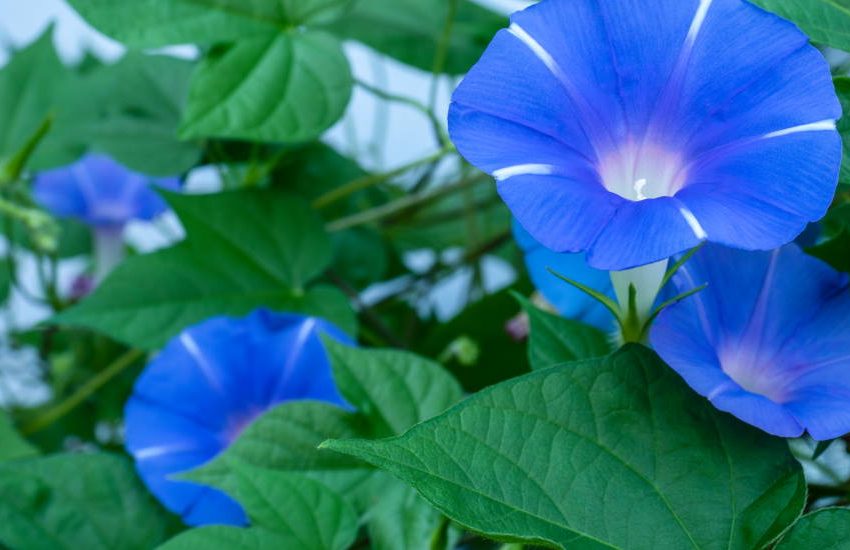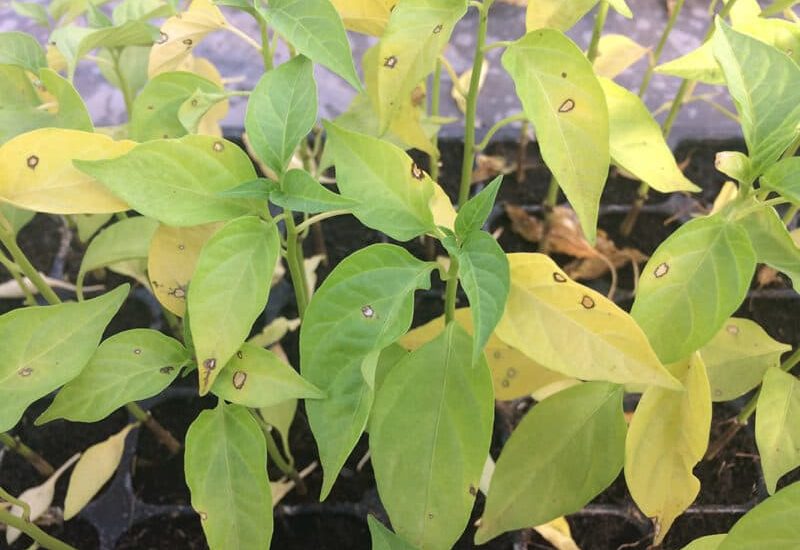Best Compost Materials for South Carolina: Top Ingredients for Optimal Soil Health
South Carolina’s climate and soil shape which compost materials work best. The most effective compost materials for this region include yard waste like leaves and grass clippings, kitchen scraps such as fruit and vegetable peels, and nitrogen-rich options like coffee grounds and manure.
These materials break down quickly and boost the soil in South Carolina gardens.
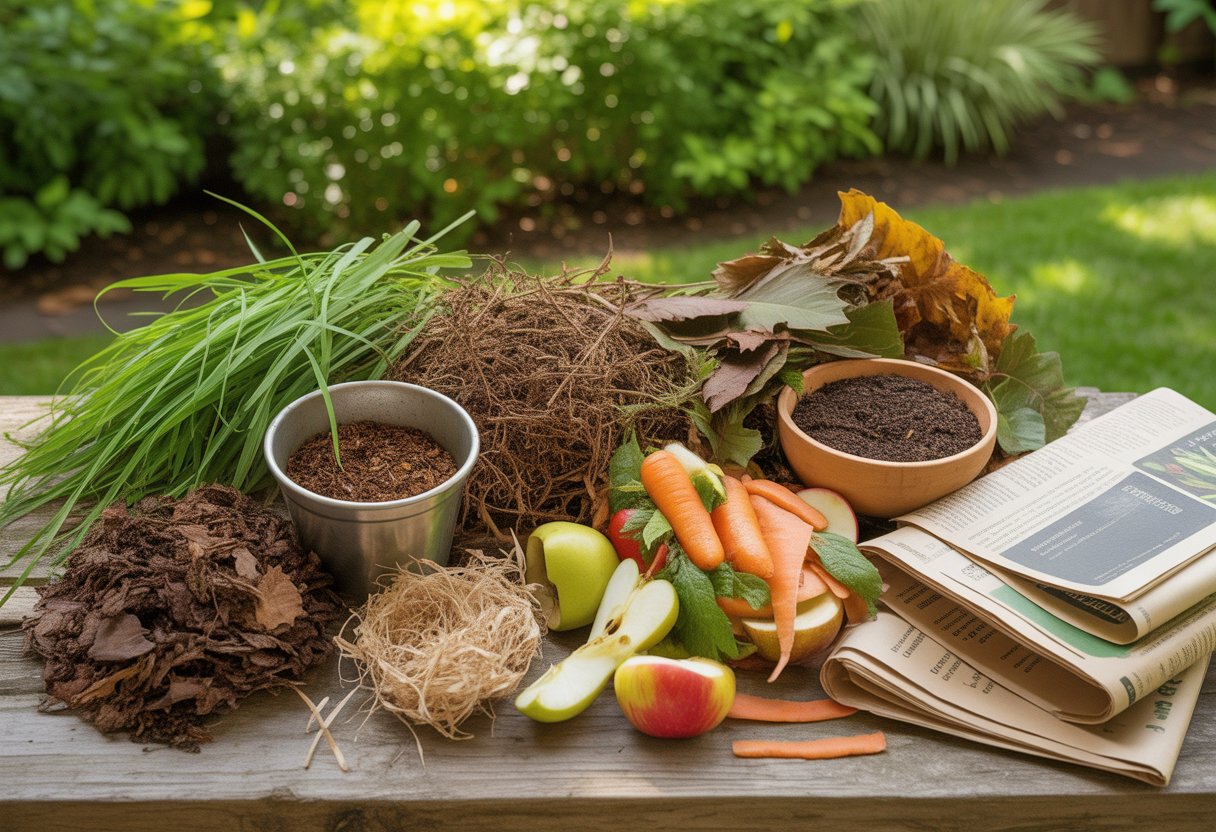
A good mix of brown and green materials keeps a compost pile healthy. Local byproducts like pine needles and crop leftovers work well too, mostly because they’re easy to get and full of nutrients.
Essential Compost Materials for South Carolina
If you want solid compost in South Carolina, you’ve got to balance nitrogen-rich and carbon-rich stuff, and use what’s local. Picking the right ingredients—like kitchen scraps, lawn clippings, and yard debris—gets you steady decomposition and nutrient-rich compost.
Green Materials: Nitrogen-Rich Ingredients
Green materials bring the nitrogen. Microbes need that to thrive and break things down fast.
In South Carolina, you’ll usually have fresh grass clippings, veggie scraps, coffee grounds, and manure from herbivores. Kitchen waste like fruit and veggie peels is easy to come by and packs a solid nitrogen punch.
Lawn clippings from Bermuda and zoysia grasses add even more. Manure from chickens, rabbits, or cows works too—just let it age a bit to avoid nasty pathogens.
Skip meats or oily foods; those just bring pests. Mix greens with carbon-rich stuff to keep the pile moist and let air in—effective composting really depends on that.
Brown Materials: Carbon Sources
Browns supply carbon. That’s what bacteria munch on, and it keeps the pile from getting soggy.
In South Carolina, you’ll find dried leaves, straw, pine needles, and shredded paper everywhere. Oak and hickory leaves are easy to gather and work great for carbon.
Pine needles are a bit acidic and slow to rot, but they help with pile structure and airflow. Straw or hay from local farms adds a nice, coarse texture.
Layer browns and greens to avoid a wet, compacted mess. Shred bigger pieces to help microbes do their thing faster.
Selecting Local Organic Matter
Using what’s local just makes sense—it’s easier, cheaper, and suits the climate. Focus on yard waste you see all over South Carolina: pecan shells, sweetgum balls, Magnolia leaves.
What’s available changes with the seasons. Summer brings more lawn waste, while fall piles up the leaves. Using these materials cuts down on trash and saves you from buying compost ingredients.
Mixing lots of different plants gives your compost a wider nutrient range. Don’t toss in invasive species or anything sprayed with chemicals—you want clean, safe compost.
Optimizing Composting for South Carolina’s Climate
The warm, muggy weather in South Carolina changes how compost piles hold moisture, breathe, and heat up. You’ll need to stay on top of these things to keep decomposition humming along and avoid problems like stinky, soggy piles or dried-out heaps.
Moisture Control and Water Management
Aim for 40-60% moisture in your compost. South Carolina’s humidity can make piles too wet, which slows things down.
Add dry stuff like shredded leaves or straw if it’s been raining a lot. If the weather’s dry, water the pile now and then so microbes don’t go dormant.
The compost should feel damp, like a wrung-out sponge. Covering the pile with a tarp or using bins helps keep rain out and moisture steady.
Aeration and Oxygen Flow
Good airflow keeps bad smells away and helps things break down faster. South Carolina’s warm climate gets microbes going, so they burn through oxygen quicker.
Turn the pile every week or two to get fresh air in there. Pitchforks or compost aerators make this easier.
Mix in some coarse stuff to keep the pile from getting packed down. Don’t let layers get too fine or tight—air needs to move freely.
Temperature and Decomposition
You want the pile to stay between 110°F and 160°F for best results. South Carolina’s heat usually helps, but it’s good to check the temperature sometimes.
If the pile gets hotter than 160°F, turn it or add a little water to cool things off. When it’s colder out, you might need to insulate the pile to keep it warm.
Checking the temperature now and then helps you know when to adjust water or turn the pile, especially since the weather here can change fast.
Maximizing Compost Quality for Local Soils
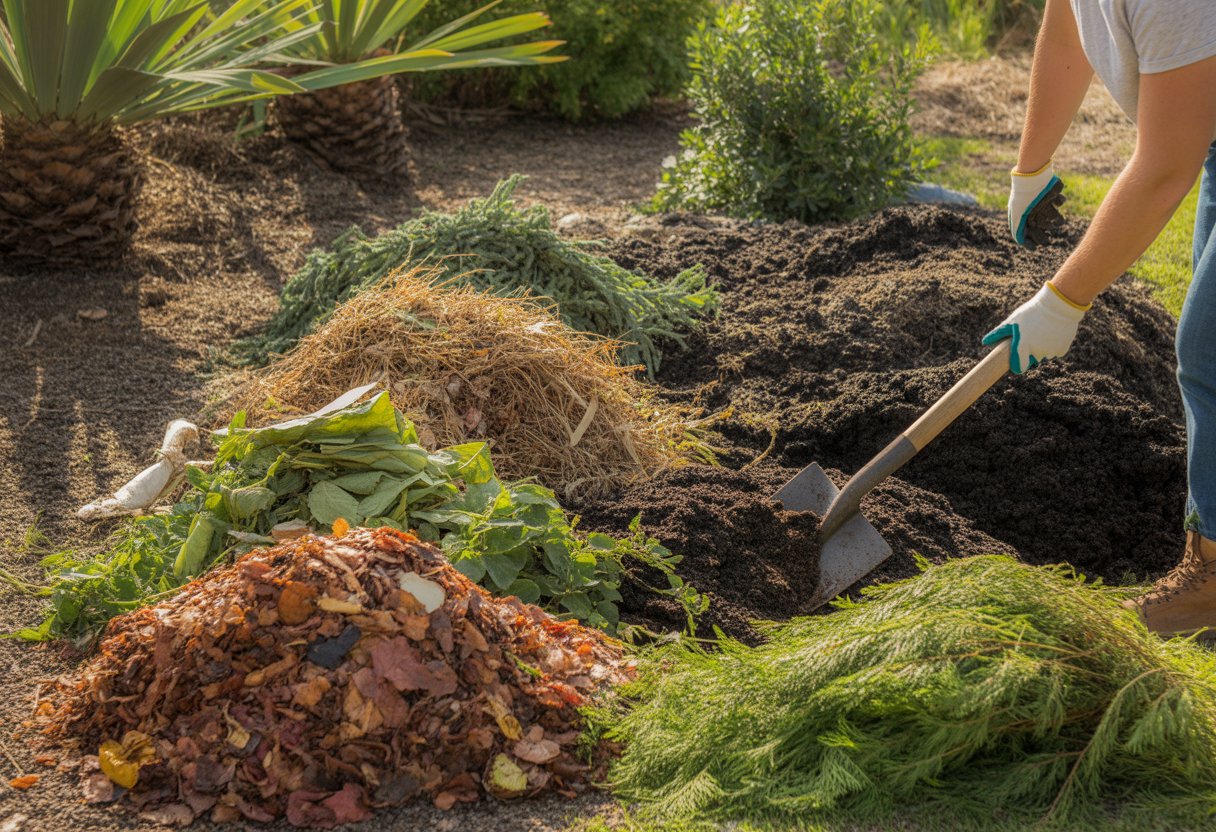
Using compost the right way can really boost soil structure, water retention, and nutrients in South Carolina gardens. If you match your compost and how you use it to your soil type, your plants will thank you.
Amending Sandy Soils
Sandy soils here drain fast and don’t hold onto nutrients. Compost fixes that by holding water and feeding your plants.
Leaf mold or old manure works especially well. It acts like a sponge, soaking up water and nutrients so they don’t wash away.
Mix in 2-3 inches of compost into the top 6-8 inches of sandy soil before you plant anything. This cuts down on how often you’ll need to water or fertilize.
Improving Clay Soils
Clay soils are dense and tough for roots to get through. Compost helps break them up and makes them drain better.
Use coarse compost with lots of fibrous stuff, like shredded yard waste or straw. This keeps clay from clumping and lets roots breathe.
Work about 2 inches of compost into the top of the soil and till lightly. Don’t overdo it—too much tilling can mess up the soil structure.
Applying Finished Compost to Garden Beds
Finished compost makes a great mulch or soil booster. Spread 1-2 inches over your beds to keep moisture in and soil temps steady.
As mulch, compost also fights weeds and slowly feeds your plants. Mix it with potting soil in raised beds for even better results.
Add compost once a year to keep soil healthy. Don’t dump on thick layers all at once—too much can cause water to pool or crust on top.
Composting Best Practices and Safety Guidelines
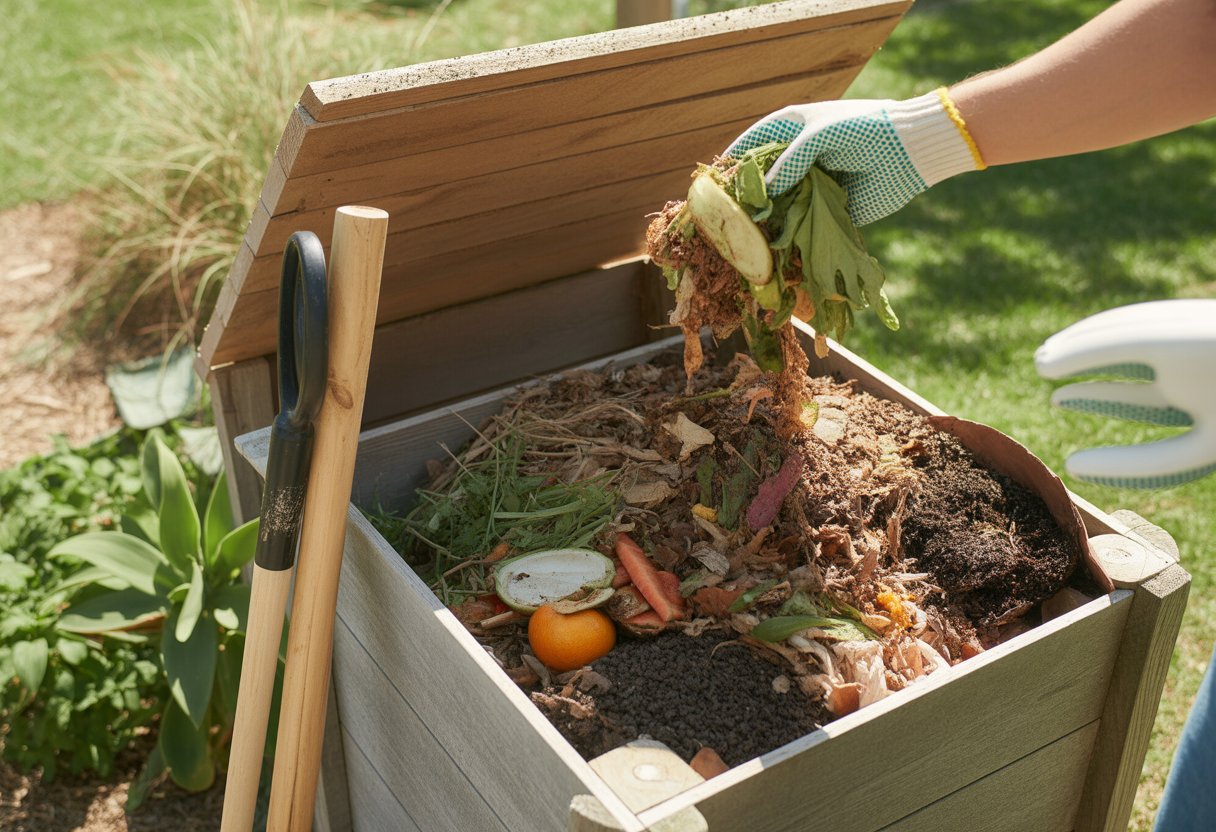
Getting compost right means picking the right bins, balancing organic materials, and steering clear of contamination. Paying attention here keeps the process smooth and safe.
Choosing and Maintaining Compost Bins
Pick compost bins made from sturdy, breathable stuff. Good airflow keeps the pile aerobic and healthy.
Bins with lids help keep pests and rain out, which makes it easier to manage moisture. Turn the pile every week or two to add oxygen and keep microbes happy.
Worms and other tiny helpers like air, so don’t forget to aerate. Place bins in a shady, well-drained spot to avoid overheating or flooding.
Give bins a good cleaning now and then to keep pests and diseases away. If you’ve got different kinds of compost, use separate bins to avoid mixing things you shouldn’t.
Balancing Organic Materials
You need a good mix of carbon-rich “browns” and nitrogen-rich “greens.” Browns are things like dried leaves, straw, and shredded paper. Greens are veggie scraps, grass clippings, and coffee grounds.
Shoot for a carbon-to-nitrogen ratio close to 30:1. Too many greens? You’ll get a soggy, smelly mess. Too many browns? The pile crawls along.
Chop or shred bigger pieces to help them rot faster. Stir everything together for even breakdown. Definitely skip meat, dairy, or greasy foods—they’re just pest magnets.
Common Mistakes to Avoid
Not turning the pile? Decomposition drags and things start to stink. Too much water drowns the good microbes and worms.
Don’t add treated wood or non-organic trash—it ruins the compost. Keep the bin covered and avoid tossing in meat or bones, or you’ll have critter problems.
If you throw in big chunks or pack things down tight, you’ll slow everything down. Let air in and keep pieces small for the best results.
Dealing With Pesticide Residue
Organic waste from plants sprayed with pesticides can bring some nasty chemicals into your compost. These residues might kill off helpful microorganisms or stick around in the finished compost, messing with your plants later.
Honestly, it’s just safer to keep plants treated with non-organic pesticides or herbicides out of your compost bin. If you really have no choice, give the compost extra time to break down and maybe test the soil before you use it everywhere.
Using a separate compost bin for pesticide-free materials is a smart way to lower the risk of contamination. Sure, some microorganisms can break down a few pesticides, but heavy residues are a whole different story and need extra caution.
Keeping your compost clean helps prevent pesticide residues from harming worms, microbes, and the overall health of your soil.

